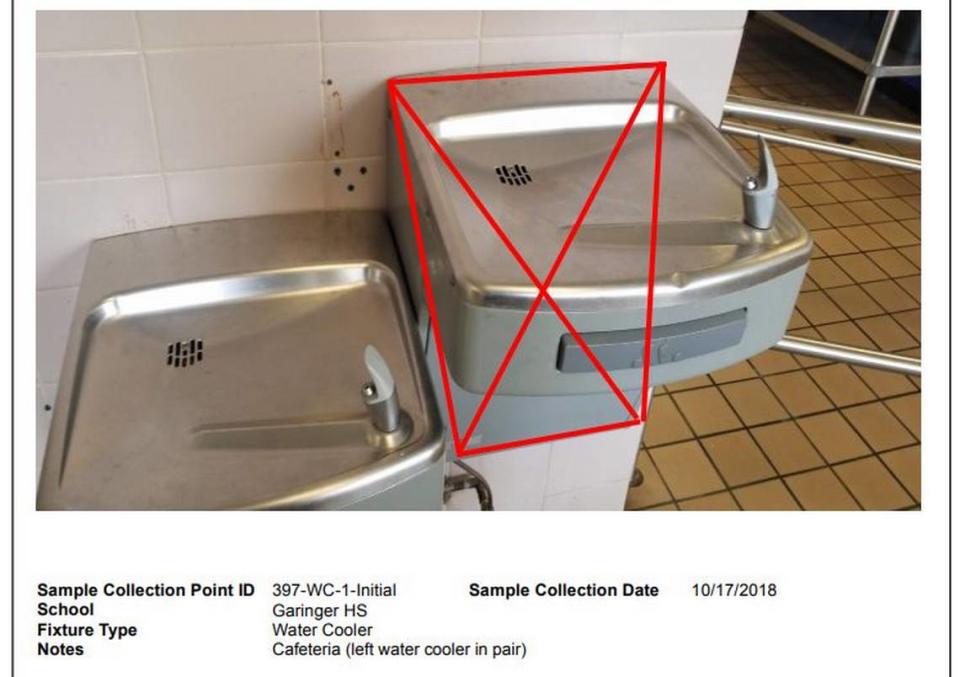NC schools will soon be tested to remove dangerous levels of lead and asbestos
Thousands of North Carolina public schools will be tested in the next three years to try to remove unsafe levels of lead and asbestos that could endanger students.
The state is using $150 million in federal COVID aid to expand a program that has allowed all 4,500 licensed childcare facilities to test and remediate unsafe levels of lead in their water.
The additional funding will allow K-12 public schools to also test their water taps. The money also will help schools and childcare facilities remove lead paint and asbestos.
“Overall, our objective is to identify and eliminate exposure to lead and asbestos hazards where North Carolina children are learning and playing,” said Jennifer Redmon, RTI International’s director of Environmental Health and Water Quality Program.
The state Department of Health and Human Services is coordinating the program in cooperation with the state Department of Public Instruction and RTI International. A presentation on the new “Clean Classrooms for Carolina Kids” program was made at Wednesday’s State Board of Education meeting.
In 2019, Environment America gave the state an “F” for failing to get lead out of drinking water at schools.
But in February, the group gave a new grade of “C-” after state lawmakers took steps such as lowering what’s considered to be a safe level of lead in water and agreeing to use COVID aid to test and remediate sites.

Priority for elementary schools
Lead can leach from corroding pipes and faucets into water. There is no safe level of lead, and exposure is particularly dangerous for children, in whom the Environmental Protection Agency says it can slow growth, lower IQ and cause behavioral problems.
Redmon said they hope to finish testing all 3,100 traditional public schools and charter schools by November 2026. But she said priority will be given to elementary schools because those children are more at risk from lead exposure.
Priority will also be given to schools where the majority of the students receive free and reduced lunch, the majority of the children are non-white and the building is older than 1988.
Water mitigation
Like with the childcare centers, the program will focus on testing taps in schools used for drinking water and food preparation. RTI International will coordinate the mitigation efforts in schools where the lead in water is above 10 parts per billion.
Redmon said that they’ve found that faucet fixture replacements and installing water filters certified to remove lead are effective to stop exposure.
“Our goal is to stop exposure now, and these lower court solutions are possible,” Redmon said.
There’s enough funding to cover all the water testing and water mitigation, according to Ed Norman, program manager of DHHS’ Environmental Health Section.
‘Generational funding’
For the lead paint and asbestos abatement, Norman said that schools will be reimbursed for two-thirds of the cost. Childcare centers, including those located inside public schools, are not required to pay any cost for the paint and asbestos abatement.
“We’re not really sure we’re going to have enough money to strip every wall of lead-based paint and every tile of asbestos,” Norman said. “But there’s a significant chunk of money, and we’re certainly hoping to get that to the folks who need it the most.”
But Norman said it’s an opportunity that the state doesn’t want to miss out on.
“This is generational funding,” Norman said. “It’s not going to be available after 2026.”

